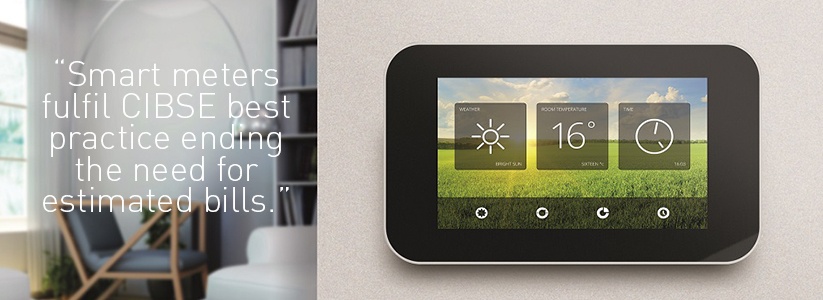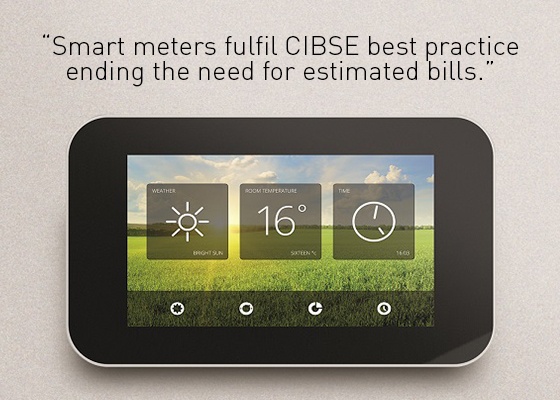
Smart metering is becoming increasingly popular, with more meters to be rolled out by 2020. Find out how they can help to raise standards in community heating and meet the best practices outlined in the CIBSE Code of Practice.
Across the country smart energy meters are being rolled out, with the government aiming to install 53 million gas and electricity meters by 2020, something Lord Bourne, the minister responsible, described as "an ambitious and challenging target”.
The installation programme is part of an EU-wide effort to improve energy efficiency and innovation, cut carbon emissions and pollution, and save consumers money. Smart heat meters are also available, and while their roll out will be on a more modest scale, they could be an important step in improving the way we heat our homes.
Such meters help meet the best practice recommendations for heat networks metering and billing, as outlined in the CIBSE Code of Practice.
Residents with smart meters are able to monitor household heat usage with an in-home display, while heat supply can be controlled with simple-to-use, multi-zone time and temperature dials.
The in-home displays provide information digitally, which means residents can see exactly how much energy they are using - and how much it is costing - in real time via a wirelessly connected system.
However, money will not be saved simply by installing the smart meter. It's the response to the data that counts - seeing the effect in pounds and pence when the heating is turned up, or the savings that can be made when a window is closed or insulation is installed. It all helps inform and persuade a more efficient use of energy.
The data is also sent wirelessly to the heat provider. This means there is no need for estimated bills because the system operator will know precisely how much energy has been consumed at any particular point. Smart meters fulfil CIBSE best practice ending the need for estimated bills, the inconvenience of home visits to read the meter, and any reporting obligation on the residents.
New technology has also allowed smart meters to offer an improved level of billing service, including the flexibility to provide either prepayment or credit billing, something recommended by recent research from Changeworks.
Research commissioned by Smart Energy GB found that 57% of people who took part in their Attitudes Around Buying Gas and Electricity with Smart Pay-As-You-Go survey would use a smartphone app for PAYG.
It also highlighted that:
- Younger people and those living in the North are set to drive this revolution.
- Three out of five 18-34 year olds are interested in using smart pay-as-you-go.
- Over three quarters of people currently using prepayment credit key meters are interested in smart pay-as-you-go
Sacha Deshmukh, Chief Executive of Smart Energy GB, said: “People want flexibility over the way they pay for gas and electricity. In a world where we are increasingly using pay-as-you-go across all areas of our lives, from phones, to travel and even buying music by the song, consumers are excited by the same level of convenience coming to gas and electricity.”
Smart meters can also improve the customer experience by configuring them to accommodate pay-as-you-go consumers and those in fuel poverty, which can help manage payment and cut debt risk to heat providers.
Takeaways:
- Smart meters are being widely installed for electricity and gas, and are available for heat metering too.
- Residents can monitor heat use and cost in real time.
- This can provide the information required to use heat more efficiently
- Data is sent wirelessly to the heat provider so no more estimated bills or meters readings
- Smart meters offer convenient and flexible payment options making PAYG acceptable to most residents.



